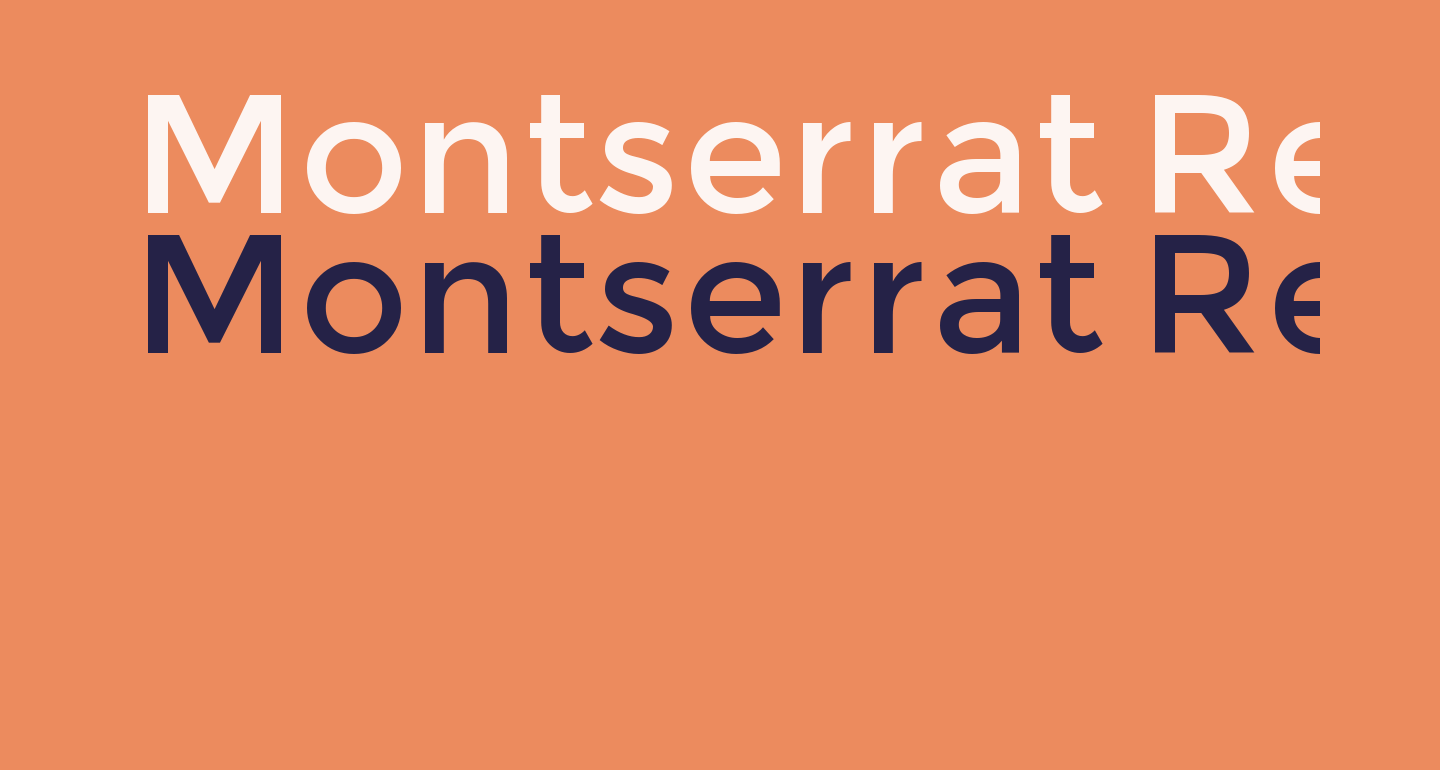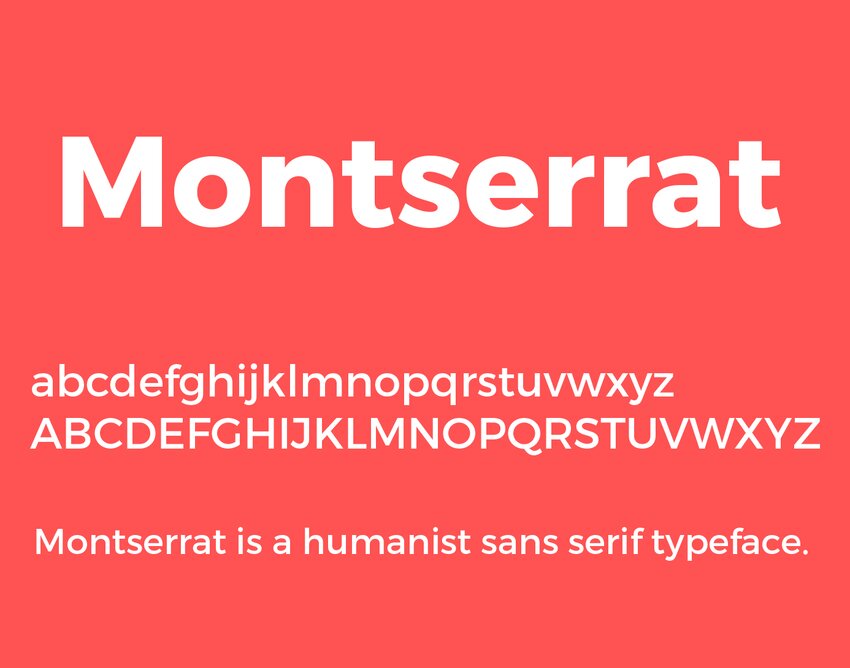

Eventually, a swap occurs: the text is re-rendered with the intended font once it becomes available. Chrome and Firefox have a 3 second timeout after which the text is shown with the fallback font.of Google is an attempt at just such a fix.Ītkins lists some of the persistent problems his proposal addresses: The CSS font-display property proposed by Tab Atkins, Jr.

Leave no user behind-who would argue with that? Plus, the browser makers and the W3C have taken too long and have done too little to give web designers the fundamental tools, within CSS alone, to ensure consistent behavior from browser to browser. A poor user experience for some of us diminishes all of us.

Morse is right to rail against webfonts’ drawbacks. Most of the time, front-line developers don’t get to spend time looking at the big picture…Even folks who are tasked with keeping track of the big trends can get sidetracked…It seems like people don’t really think about how fundamentally the Web has changed.īut then, also, maybe there’s some truth to what Morse is saying. Didn’t everybody get the tweet about this? Well, maybe not-maybe some people genuinely aren’t aware that webfonts have become so popular.Īs Rob Larsen observes in his book The Uncertain Web: But why so touchy after all this time? Webfonts are a runaway train and anyone standing astride the tracks shouting stop is just asking to get plowed over. Morse’s criticisms obviously hit a sore spot with Robin Rendle and Frederic Marx and, frankly, me too. And in between those volleys, both Jeffrey Zeldman and Jeremy Keith took note of the disturbance in the force and I, sucked into the vortex, offered to write this article. A few days later came Frederic Marx’s “Webfonts Last”. In less time than it takes to say “Holy holdout, Batman!” web designer Robin Rendle posted a rebuttal. In sum, Morse’s attitude is that web fonts aren’t worth the trouble they cause some users-especially in low-bandwidth conditions-and that sticking with tried-and-true system fonts is best for all concerned. heard people complain about the dreaded flash of unstyled text.observed users abandon a website because the page was loading slowly.a page using system fonts that loaded too quickly.a website having the same typeface as another site.In that time I never heard a user complain about: Over the last three years I have participated in a number of testing sessions. In none of those arguments, have I heard about a single problem being solved for users. There are a lot of arguments around why you should use webfonts. In a post called “Webfonts”, web designer Adam Morse says we should all just say no to webfonts and insists that system fonts are a better choice. With usage at 60 percent, surely nobody would seriously argue for a return to system fonts, right? For example, in 2009, web performance expert Steve Souders-then at Yahoo- warned web designers that they should, if at all possible, stay away from webfonts: “My first piece of advice is to avoid using unless it’s critical to the page.” These fears can be very irrational, and they can persist long after the conditions that gave rise to them are gone. Now, whether webfonts, cloud computing, or animation, the adoption of new technologies means potential users have come to terms with their fears about them. Webfonts have reached critical mass and will soon be the new normal in web typography. An exodus away from system fonts is clearly underway. In “Efficient Web Type, Circa 1556”, designer Kenneth Ormandy notes that “we are building sites that request more fonts, from an 8kb average transfer size at the beginning of 2012 to a 59kb average two years later.” Image: HTTP Archive.ĭata also shows that soon after a site adopts webfonts, it will likely add more: the number of requests go up and, so too, do the sizes of the files requested. A success by anyone’s measure (mostly) #section2Īs of May 2016, a majority of sites-60% of the Alexa Top 1 Million Sites-were using webfonts, up from only 2% in 2011.
MONTSERRAT WEBFONT PATCH
With the learn-as-you-go self-reliance that web creators have always been so good at-a slick change in syntax to grease this thing here, a polyfill to patch that thing there-we’ve come a long, long way with very little preparation. 3 days of design, code, and content for web & UX designers & devs.Īnd move they did.


 0 kommentar(er)
0 kommentar(er)
